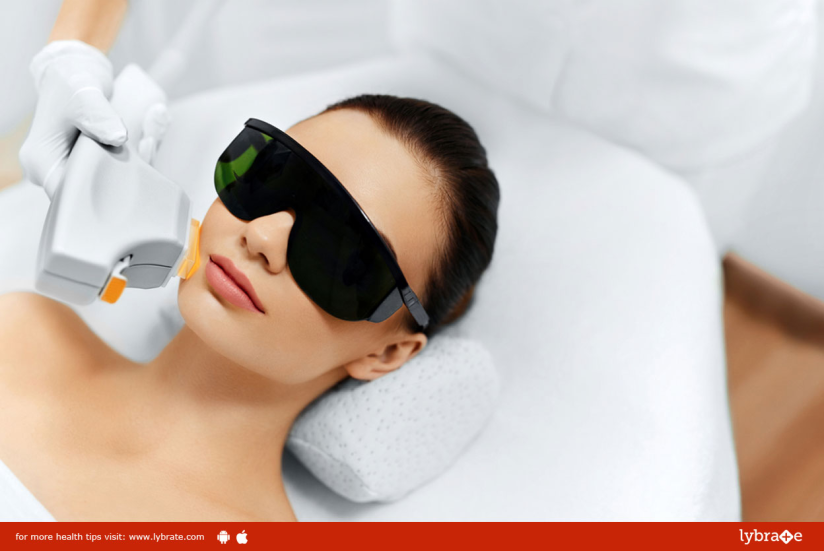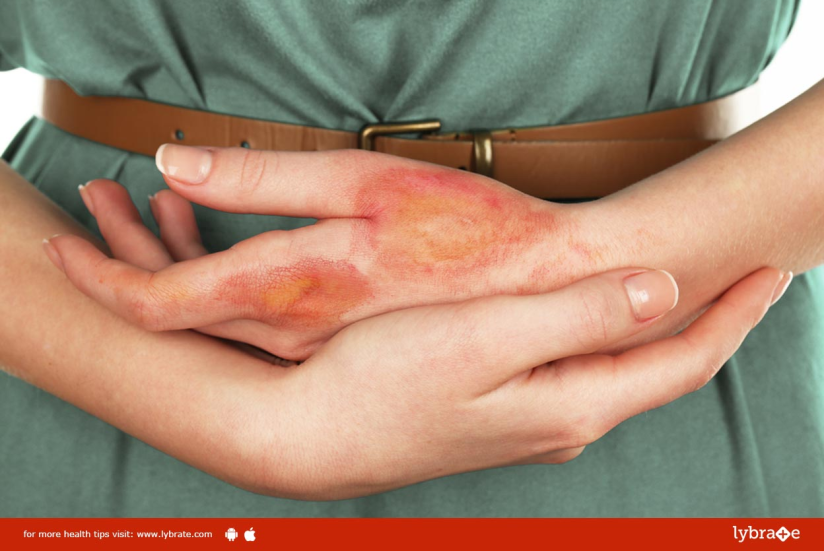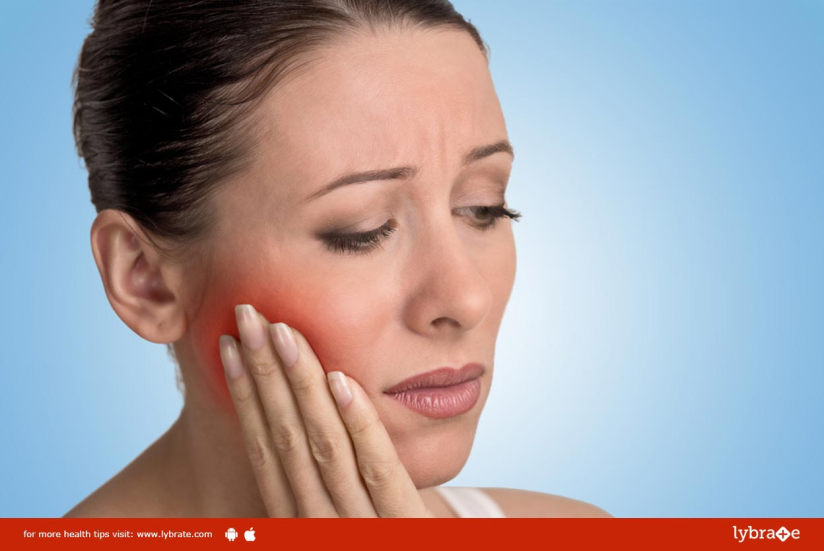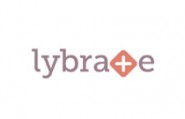This interesting technique is a term for the treatment of your skin for various conditions using a light-based technology. It is mostly used for the face and neck areas. It is also known as a foto facial, facial rejuvenation and photo rejuvenation.
How Does Laser Photofacial Works?
An intense pulsed light (IPL) is beamed at the skin in controlled broad spectrum light waves that are aimed at either the hemoglobin or the melanin and penetrate deep into the skin. This light breaks the wall of the blood vessel or the melanin pigment, causing them to be absorbed by the body. Therefore, the basic principle behind this versatile skin procedure is the heating and stimulation of the dermis, while protecting and cooling the epidermis.
What is it used for?
The intense pulsed light (IPL) is used to primarily boost collagen, fix brown spots and broken capillaries, but there also other uses:
1. Lightening and removal of sun spots or age spots
2. Reducing redness or rosacea
3. Controlling flushing
4. Reduction of oiliness
5. Lightening of acne scars
6. Freckled skin
7. Smoothening of uneven skin texture
The duration of the treatment depends on the extent of the issue and damage caused and how your skin responds in return. It is a cheaper alternative to plastic surgery and much gentler and completely non-invasive too. It is a quick procedure that lasts about thirty minutes. It is a painless procedure with some mild discomfort that may be felt, like a rubber band snapping. Therefore, there is minimal risk of complications and recovery time is almost immediate. Slight redness of skin is the most common side effect that may be seen, but that too fades in a while.
You would need 3-5 treatments over a span of few months in order to get optimal results. Improvement with each procedure is noted and monitored. It is one of the safest light-based treatments available out there, with positive results. With this procedure, come away feeling younger with a blemish free, glowing face.























